Urgent prevention of pests and diseases in summer-autumn rice
Ha Tinh Department of Agriculture and Environment informed that recently, brown planthoppers and leaf rollers have appeared and caused damage to summer-autumn rice, with high density and severe damage in some places. Accordingly, the first generation of leaf rollers appeared from mid-June, with an infected area of 565 hectares; the second generation appeared from July 10, with peak damage from July 15-20, with an infected area of about 3,500 hectares; the third generation is forecasted to hatch from August 10 onwards.
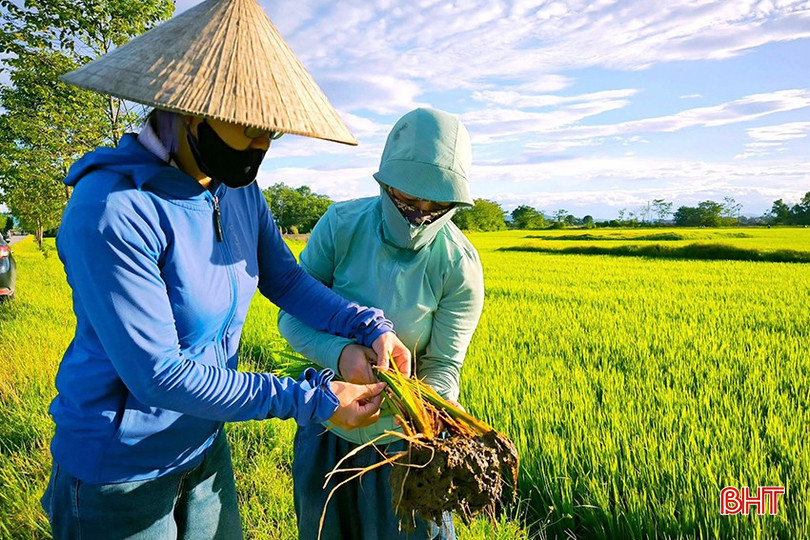
In addition, the first generation of brown planthoppers appeared from the end of June, infecting an area of 1,250 hectares; the second generation appeared from July 18, infecting an area of more than 1,100 hectares; the third generation is forecast to hatch from August 15 onwards.
Sheath blight disease broke out and caused damage in some deep, low-lying rice fields, with dense planting areas and excess nitrogen fertilization, distributed in some communes (Can Loc, Gia Hanh, Truong Luu, Ha Huy Tap, Dong Tien, Cam Binh, Bac Hong Linh...), with an infected area of 2,613 hectares.
It is worth mentioning that this year’s summer-autumn crop has seen the appearance of many harmful pests such as bamboo locusts and rice blast. These are “rare” pests that rarely appear in the summer-autumn crop. In Ha Tinh, some areas in Duc Thinh and Thach Khe communes have been damaged by rice blast, which could seriously affect productivity if timely prevention measures are not taken.
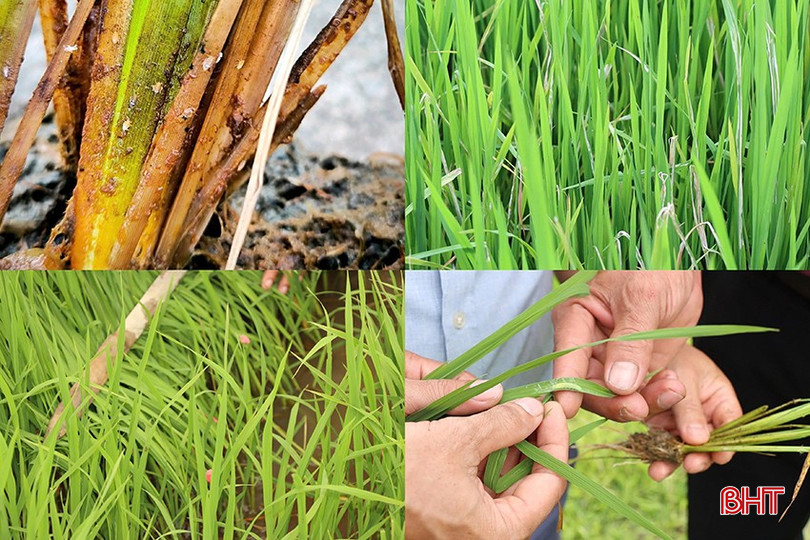
Mr. Tran Hung - Head of the Ha Tinh Department of Crop Production and Livestock Husbandry said: “This is the first year that pests and diseases have developed in a complex and unpredictable manner, not following the same pattern as many previous years. Many summer-autumn rice production areas have seen overlapping epidemics, with many pests and diseases causing damage to the same rice area. The cause was determined to be that in recent times, the weather has had many complicated developments, creating favorable conditions for pests and diseases to accumulate and multiply rapidly; there were times when pests broke out strongly (2nd generation of planthoppers bloomed, high density), and there were showers and thunderstorms (July 17-25, 2025), making the pest treatment process difficult, reducing the effectiveness of pesticides. In addition, young leaf rollers often cause minor damage, while the leaves are still green, creating a subjective mentality, so in some places, people have not sprayed pesticides at the right time, and the effectiveness is not high.”
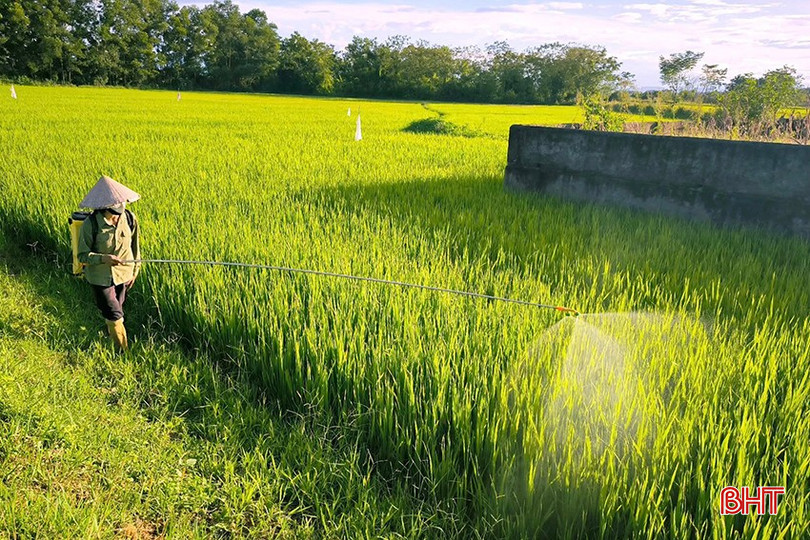
Commenting on the risk of pests and diseases on summer-autumn rice, the leader of the Ha Tinh Department of Crop Production and Livestock Husbandry predicted that the third generation of leaf rollers will bloom from August 10; the third generation of brown planthoppers will bloom from August 15 onwards, coinciding with the stage of rice panicle maturity - flowering - milky; sheath blight disease continues to arise in deep, low-lying rice fields, with heavy planting and excessive nitrogen fertilization.
“Since the outbreak of pests and diseases that caused severe damage to many rice production areas (in 2010), pests and diseases on summer-autumn rice have recurred at an alarming rate, potentially causing serious damage to productivity if timely preventive measures are not taken. Therefore, at this time, the specialized sector is actively coordinating with localities, strengthening propaganda and guiding the implementation of the peak period of pest and disease control on summer-autumn rice from now until August 20,” Mr. Tran Hung shared.
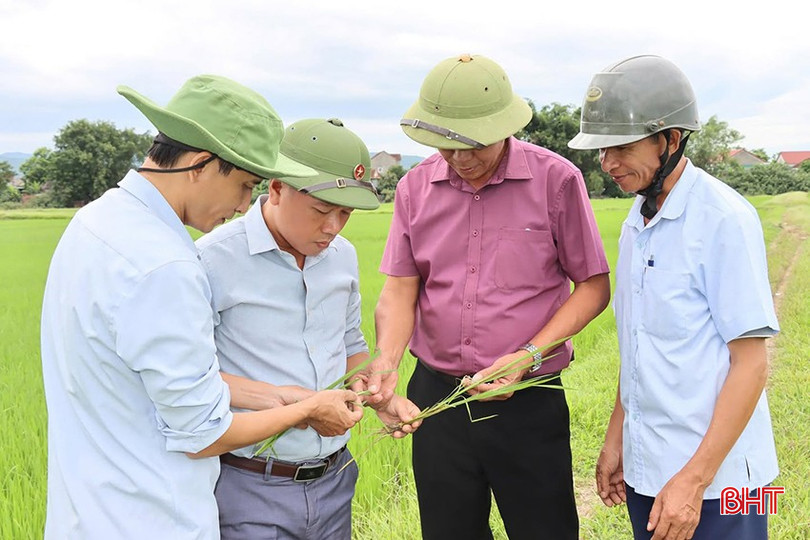
African swine fever tends to spread widely.
Not only is the situation of pests and diseases on summer-autumn rice alarming, the complicated situation of African swine fever, with the potential to spread widely, also has a significant impact on people's production and livestock farming.
The report of the Department of Agriculture and Environment also shows that African swine fever is occurring sporadically in households in 43 communes and wards, causing 4,942 pigs to be infected and destroyed. The disease is developing complicatedly in households and a small-scale farm with the tendency to continue to spread in the coming time.
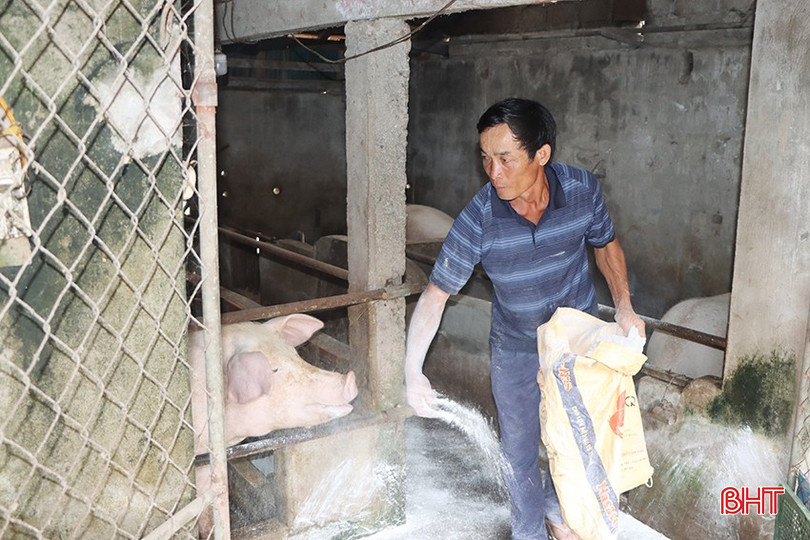
Mr. Nguyen Thanh Hai - Deputy Director of the Department of Agriculture and Environment said: The situation of DTLCP is happening at the same time as pests and diseases of summer-autumn rice and has a complicated spreading trend, there has not been a similar situation in many years. In this situation, the Department of Agriculture and Environment has advised the Provincial People's Committee to direct synchronous solutions in 69/69 communes and wards.
Accordingly, focus on accurately reviewing outbreaks to promptly prevent and thoroughly handle them, avoiding widespread spread; direct communes and wards to base on the level and possibility of spread to declare the epidemic and deploy timely measures. In addition, direct specialized sectors to send cadres to communes and wards to train people to comply with biosafety measures, ensuring the safety of their livestock.
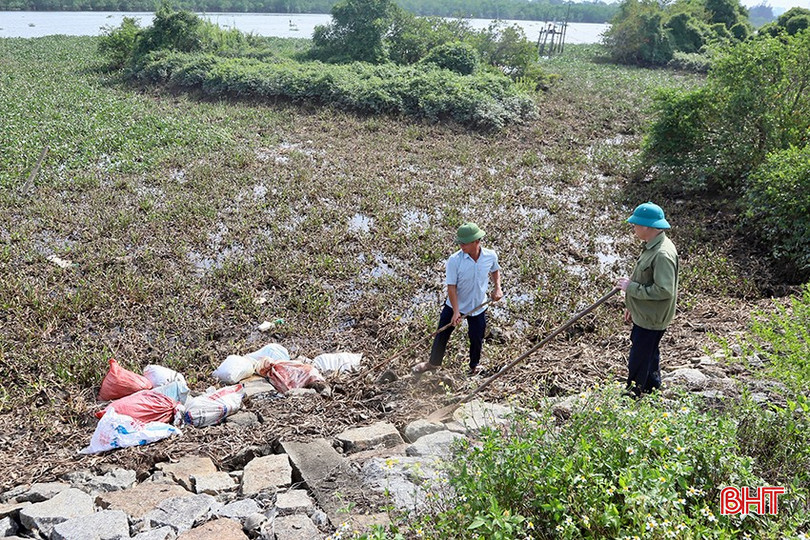
The Department of Agriculture and Environment has established working groups, assigned 150 professional officers from the sector such as: Provincial Department of Crop Production and Livestock, Provincial Agricultural Extension Center, centers for application of science and technology and protection of crops and livestock to closely follow the locality in each area to coordinate with communes and wards to organize screening, investigation, and prediction of pests and diseases to advise on implementation at the commune level; participate in meetings to propagate and provide specific instructions on prevention and control measures to farmers in each village and residential group.
By August 7, the entire province had established a Steering Committee for pest and disease prevention and control in all 69 communes and wards; 868 village-level units held meetings to disseminate information to each household. The drastic and synchronous participation of all levels and sectors at this time is a key factor to limit damage and ensure the stability of agricultural and livestock production in the province in the coming time.
Mr. Nguyen Thanh Hai - Deputy Director of Department of Agriculture and Environment
Source: https://baohatinh.vn/lanh-dao-co-quan-chuyen-mon-ha-tinh-thong-tin-ve-dich-benh-cay-trong-vat-nuoi-post293330.html


![[Photo] Prime Minister Pham Minh Chinh chairs the Government's online conference with localities](https://vphoto.vietnam.vn/thumb/1200x675/vietnam/resource/IMAGE/2025/10/5/264793cfb4404c63a701d235ff43e1bd)



![[Photo] Prime Minister Pham Minh Chinh launched a peak emulation campaign to achieve achievements in celebration of the 14th National Party Congress](https://vphoto.vietnam.vn/thumb/1200x675/vietnam/resource/IMAGE/2025/10/5/8869ec5cdbc740f58fbf2ae73f065076)



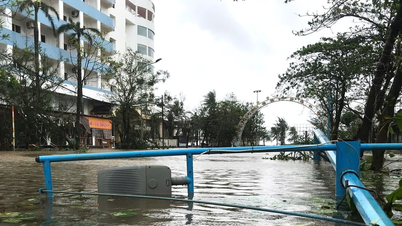







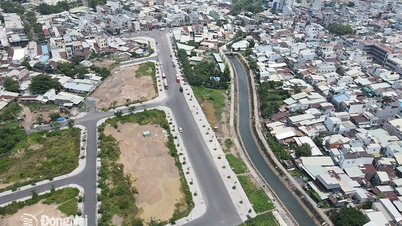



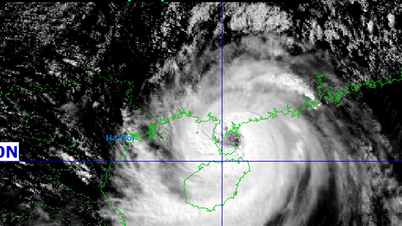


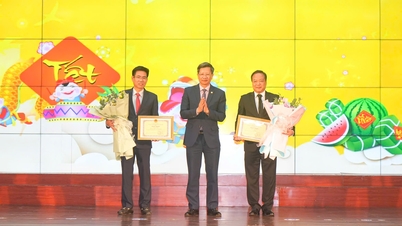
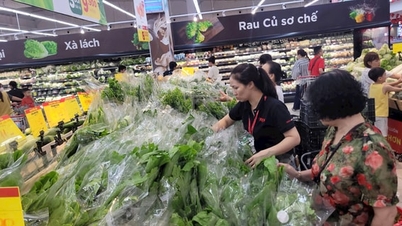







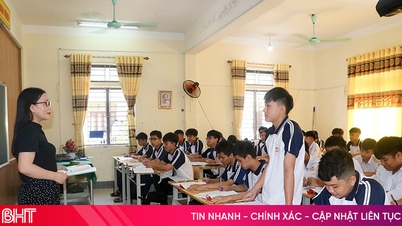






























![[VIDEO] Summary of Petrovietnam's 50th Anniversary Ceremony](https://vphoto.vietnam.vn/thumb/402x226/vietnam/resource/IMAGE/2025/10/4/abe133bdb8114793a16d4fe3e5bd0f12)

![[VIDEO] GENERAL SECRETARY TO LAM AWARDS PETROVIETNAM 8 GOLDEN WORDS: "PIONEER - EXCELLENT - SUSTAINABLE - GLOBAL"](https://vphoto.vietnam.vn/thumb/402x226/vietnam/resource/IMAGE/2025/7/23/c2fdb48863e846cfa9fb8e6ea9cf44e7)




















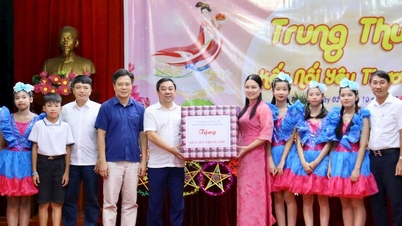
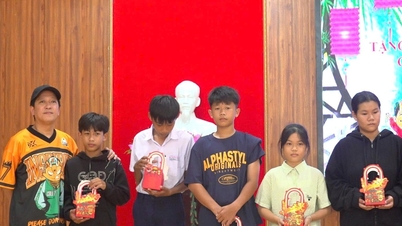












Comment (0)